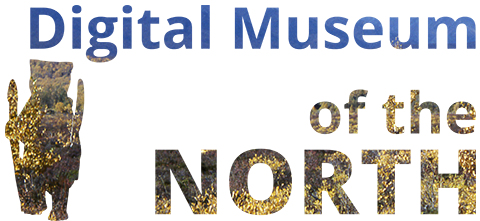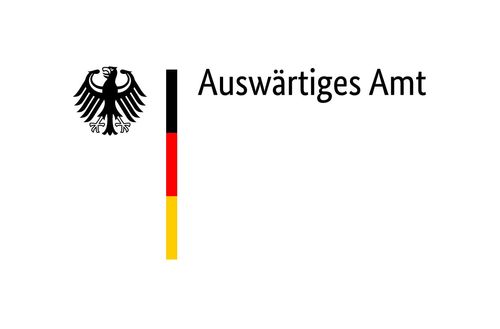Musée d‘ethnographie de l‘Université de Bordeaux
Liliia Zdor and her team* tell about the extraction of bone marrow
"The container shown here is made from the hide of the bearded seal. The bottom of the vessel has a rounded shape. A wide strip of leather, serving as the wall, is sewn to the base. Beside the container lie two stone hammers. The smaller hammer has an oval head, while the larger one has one flat side. The hammerheads have grooves to hold a strap, and the wooden handle has a hole running through it. The handle is inserted into the stone head and secured with a leather strap. A large stone is placed at the bottom of the leather container. Bones are broken on this stone using the hammer, to extract hot fat. Deep-frozen meat, fish, or dried meat can also be pounded in the same way.
The vessel is made from the hide of the bearded seal. Parts of the container are sewn together using animal sinew. The hammerheads are shaped stones. The handles are carved from wood, and the straps used to fasten head and handle are also made from bearded seal hide. The container and hammers are always used together with a heavy stone. These tools are still in use today in reindeer herding camps. Bearded seal hide remains highly valued and has many uses even today. It is used to make sturdy belts, boot soles, and straps for hunting gear and dog harnesses. After a bearded seal is hunted, it is cut open along the belly – from the throat to the tail. The hide is removed along with the fat. The fat is scraped off using a woman's knife (pekule), and the hide is then stretched out on a wooden drying frame. Leather straps are used to fasten the hide to the frame. Sometimes, the hide is simply spread flat on the ground and pegged with wooden stakes—this is another method of drying.
To make belts, a young bearded seal is cut in a ring-shaped cross-section around the body, making it easier to slice into continuous straps. The flesh is removed and the hide is degreased. The hide is then placed in a large container to ferment. Once the hair loosens from the skin, the strap is cut in a spiral. A sharp knife is needed for this step. The straps are then dried after cutting." (Video in progress)
* Liliia Zdor, Galina Etul', Irina Gyrgol'naut, Irina Nutetgivev and Mark Zdor.
Recorded 2024.



